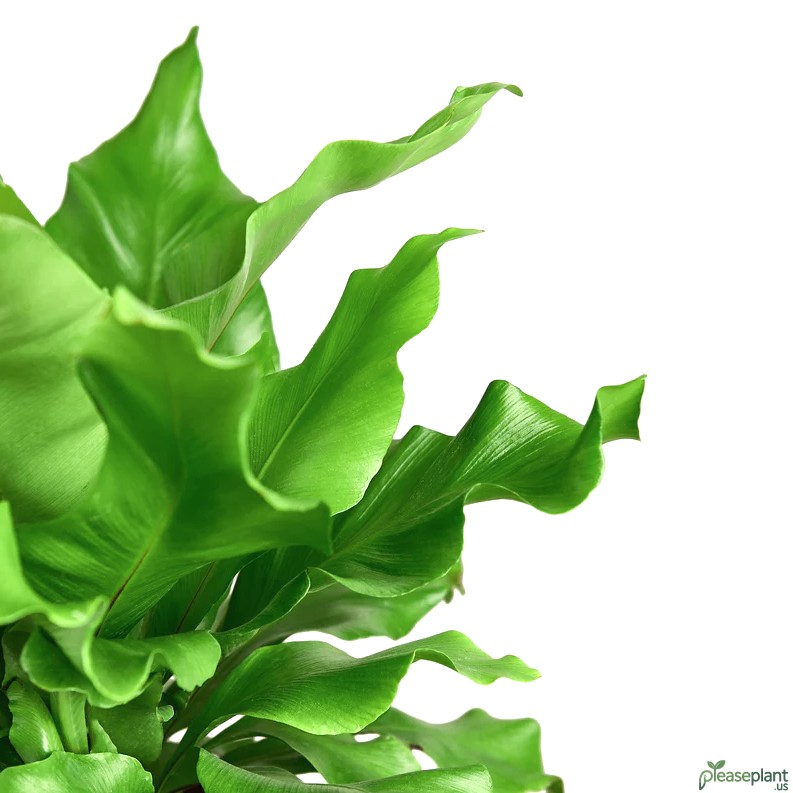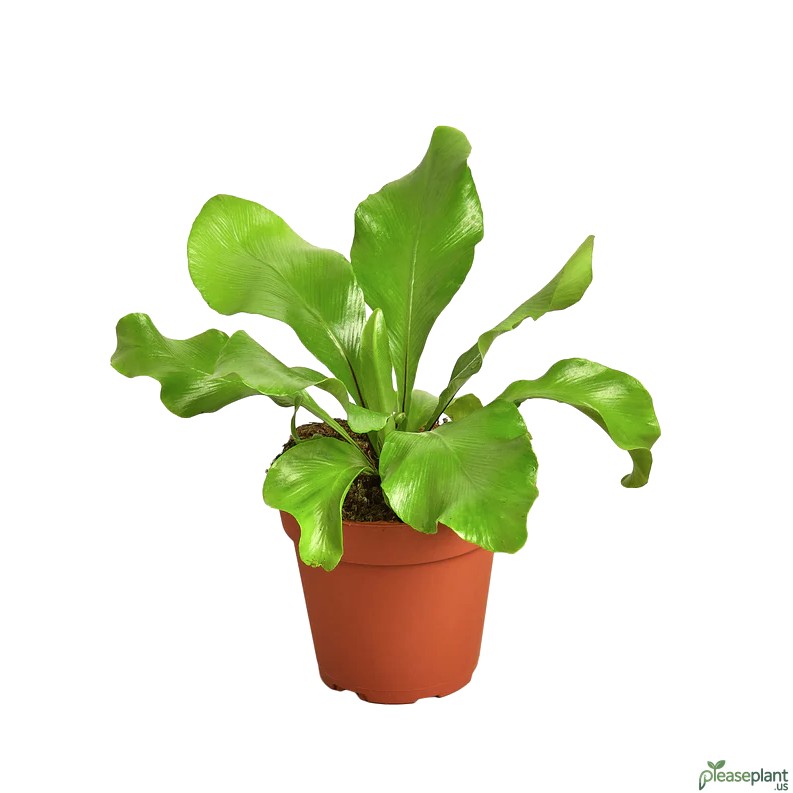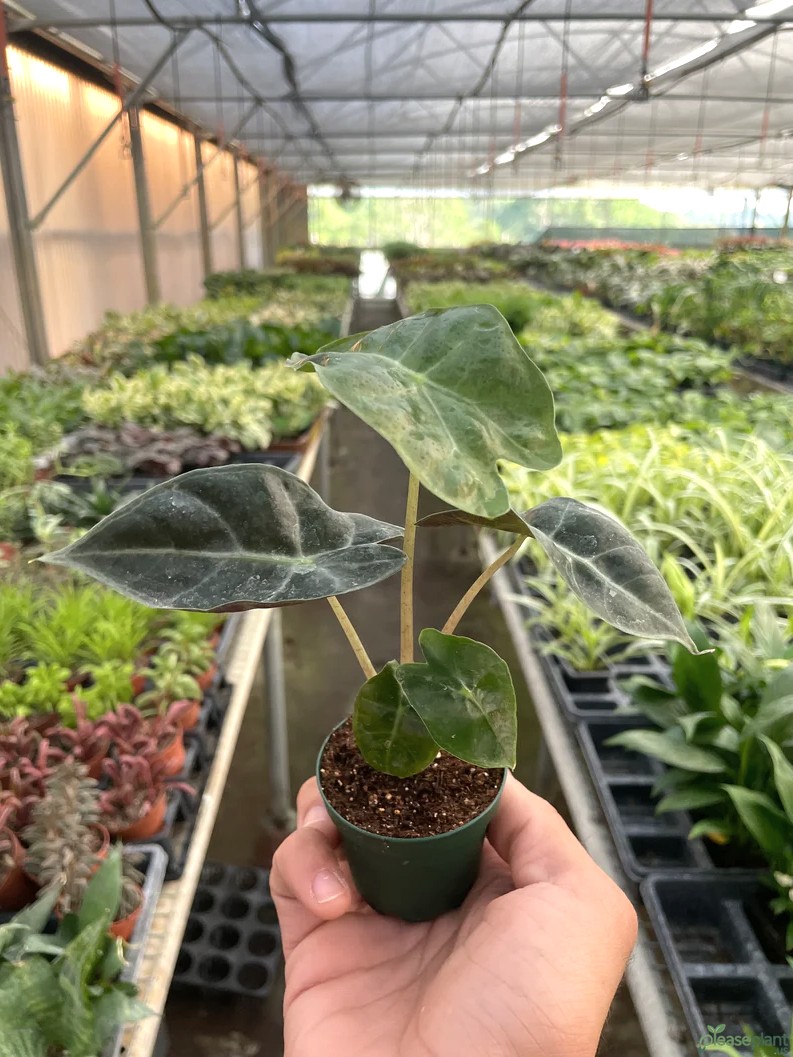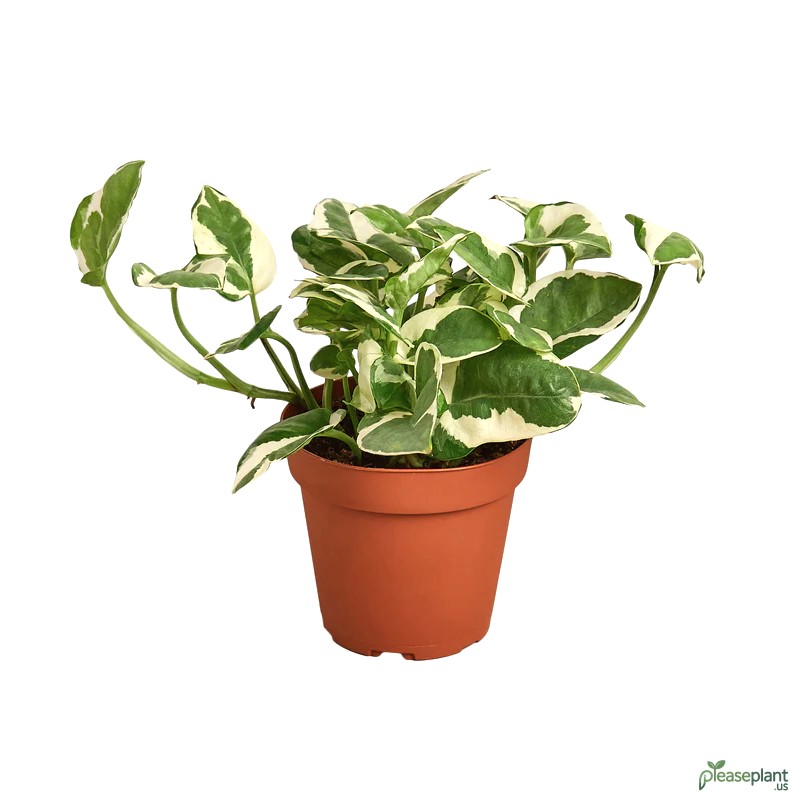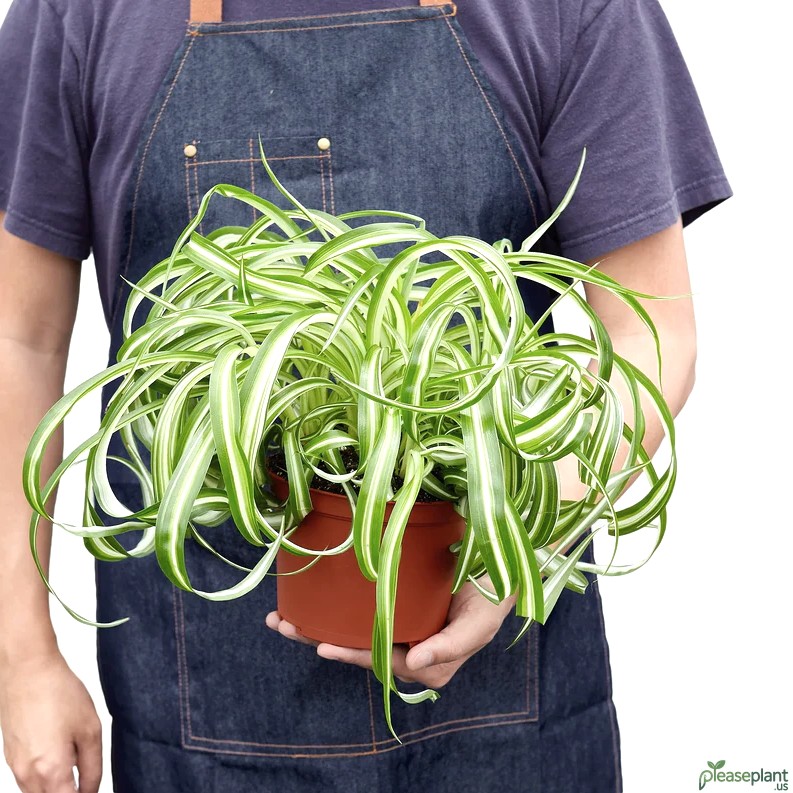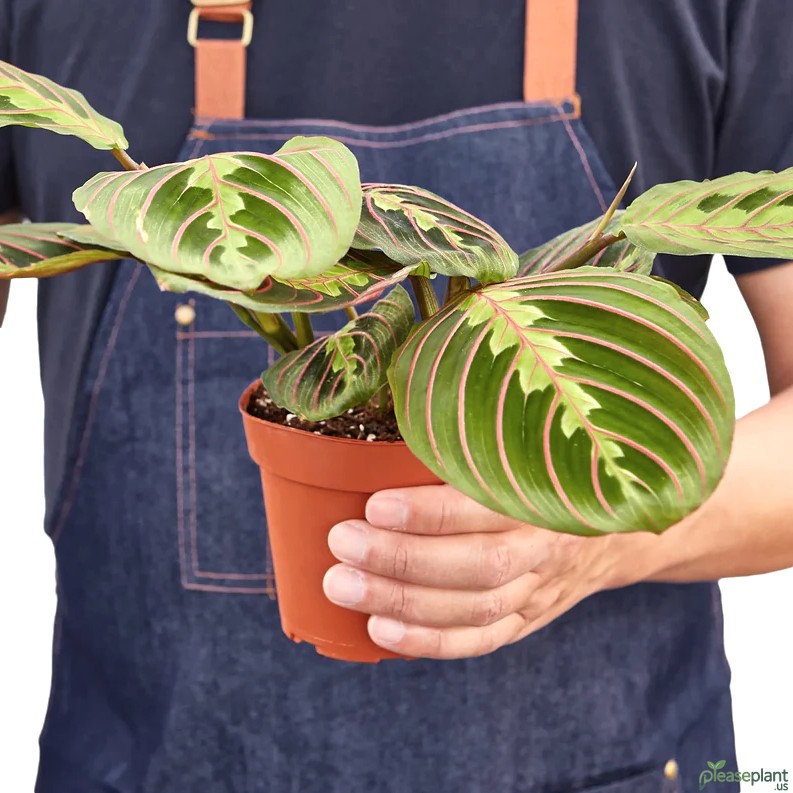If you think your Bird's Nest Fern is just another houseplant, think again. This fern demands a bit of love, especially in winter months. From the right humidity levels to watering techniques, keeping it alive through the chilly season is easier than you might believe. I've been there, watching those lush green fronds droop as the cold creeps in, but a few simple steps made all the difference. Let's dive into why this fern can be a bit tricky and how to keep it thriving when the frost bites.
Let Me Tell You About My Winter Struggle with the Bird's Nest Fern
I remember my first winter with a Bird's Nest Fern like it was yesterday. The moment those cold drafts hit my windows, my fern looked more sad than a rainy Sunday. I thought, "Hey, it’s a fern, it should handle some cold, right?" Wrong! Turns out, these beauties are tropical divas that hate the chill and dry air. But fret not, after some trial and error, I discovered a few simple but essential steps that kept mine green and happy all winter long.
Why Humidity is the Queen of Winter Care for Your Nidus Fern
Bird's Nest Ferns come from humid jungles, not your dry living room in January. The lack of moisture in the air is the sneaky culprit behind crispy brown edges and droopy fronds. I tried misting daily, but it wasn’t enough. Eventually, I got a small humidifier nearby and suddenly, the fern perked up like it just had a spa day. If you can’t get a humidifier, a pebble tray with water beneath the pot works wonders too, just don’t let the roots sit in water or you’ll be sorry!
Lighting: Not Too Much, Not Too Little
During winter, natural light takes a nosedive, so your fern might feel a bit lost. These plants like bright indirect light, but direct sun is like a harsh summer sunburn—totally unwelcome. I placed my fern near a north-facing window, and it seemed content, though sometimes I had to rotate it to keep growth even. If your room is too dark, a grow light can be a lifesaver without turning your place into a jungle disco.
Watering: The Tightrope Walk
One of my biggest mistakes was drowning the fern because I thought winter meant more water. Nope! Bird's Nest Ferns like their soil moist but not soggy. Overwatering can cause root rot faster than you can say "fern-fail." I learned to test the soil with my finger—if the top inch feels dry, it’s time to water. Also, use room temperature water; cold water is like a shock therapy the fern doesn’t need.
Watch Out for Drafts and Temperature Shifts
I nearly killed mine by placing it too close to a frequently opened door. Cold drafts are like icy fingers grabbing the fern’s leaves, causing damage. Keep it away from heaters and windows that get slammed shut. Ideally, maintain a cozy temperature between 60-75°F (15-24°C) during winter, which is tricky but doable with a bit of attention.
Fertilizing? Keep It Simple
Winter isn’t the time to go all in with fertilizers. I cut back to feeding my fern just once a month with a diluted balanced fertilizer. Too much food when the plant is resting is like overfeeding a sleeping bear—it just won’t appreciate it.
Common Problems and How to Fix Them
If you spot yellowing leaves or black spots, that’s usually a sign of too much water or poor drainage. Brown leaf tips? Probably dry air again. If your fern’s fronds are curling or wilting, check the humidity and watering habits first before blaming the plant’s soul. Patience is key; these ferns bounce back with proper care, but they don’t like to be rushed.
Final Words on Winter Care for Your Bird's Nest Fern
Keeping a Bird's Nest - Nidus Fern Plant alive all winter might sound intimidating but following these simple steps makes it almost foolproof. Humidity, indirect light, careful watering, and avoiding drafts are your best friends. And hey, if you mess up a bit, it’s not the end of the world—these ferns forgive if you give them some love and time. Just remember, winter is their chill-out season, not a growth spurt time, so less is often more.

